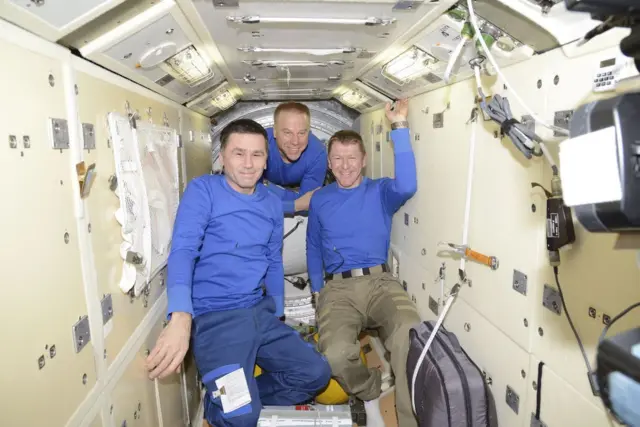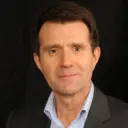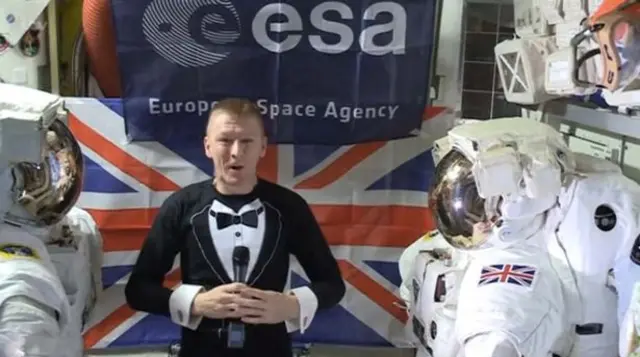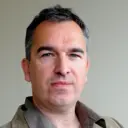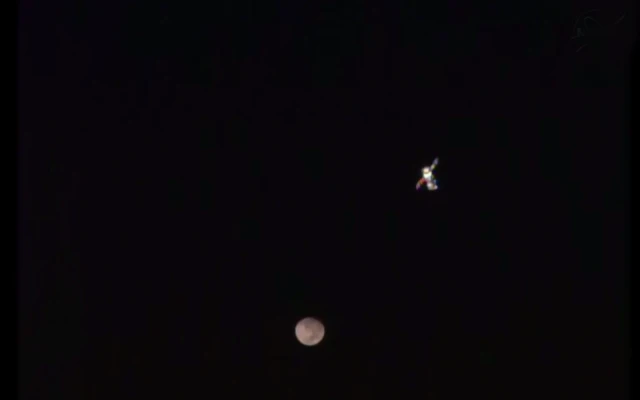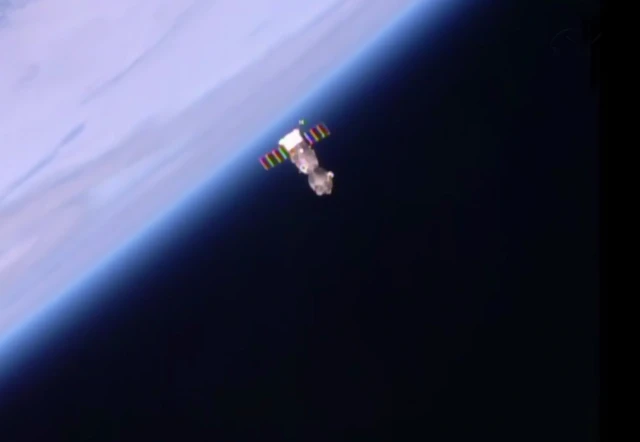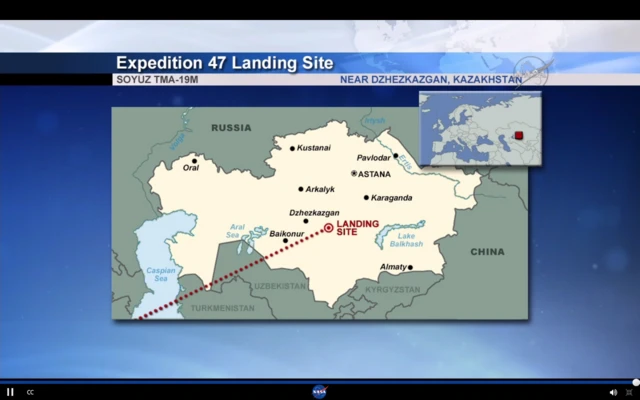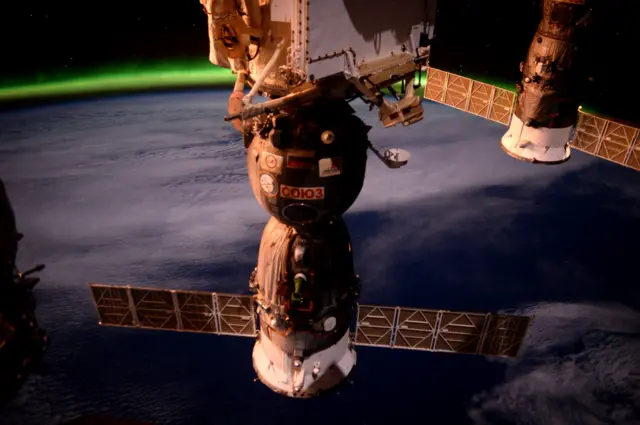Tim's Top 20published at 08:48 BST 18 June 2016
Tim Peake has taken some amazing pictures while he's been in orbit. Professional photographer Max Alexander, external has picked his favourite 20, and you can see them on the European Space Agency's website, external, along with commentary from Max.
We asked Max, who takes all the pictures for the UK Space Agency, what he thought of Tim's skills and how they had developed over the course of the mission.
"In very short order, and with only limited photography training prior to launch, Tim quickly mastered the photographic techniques required to make him an exceptional space photographer - whilst on the job on the International Space Station. He has taken to it so naturally, like he has been a pro for years.
"Together with an innate eye for a great photograph and a flair for the abstract, this has enabled Tim to develop his own vision of our home planet, of where we live in the cosmos, a portrait of who we are - taking us along with him.
"This has all been done on his own time, in the evenings and on weekends."
 Image source, ESA
Image source, ESAIs this the iconic image from Tim's portfolio? Home.

